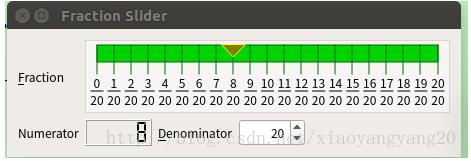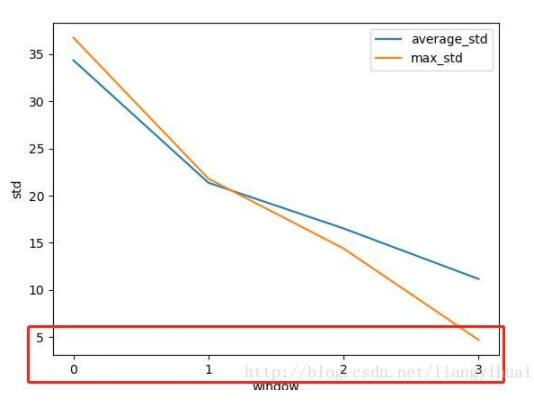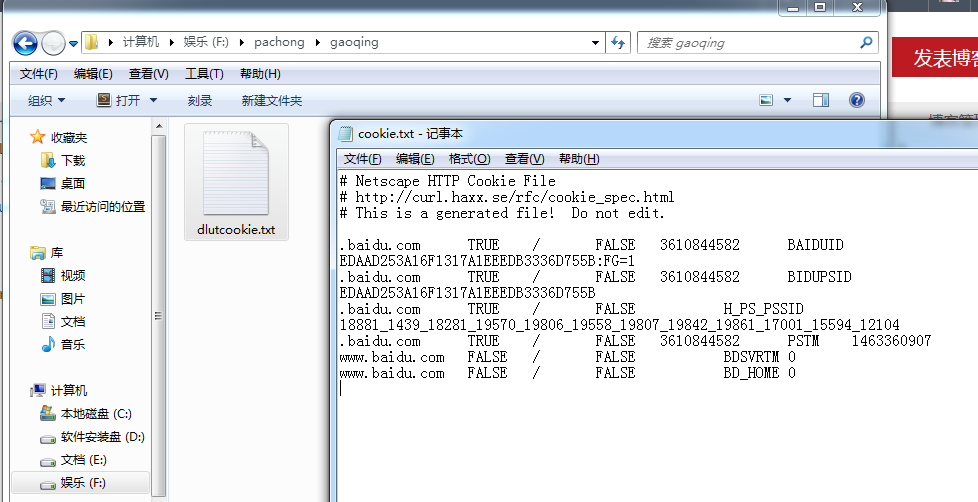Pytorch to(device)用法
如下所示:
device = torch.device("cuda:0" if torch.cuda.is_available() else "cpu")
model.to(device)
这两行代码放在读取数据之前。
mytensor = my_tensor.to(device)
这行代码的意思是将所有最开始读取数据时的tensor变量copy一份到device所指定的GPU上去,之后的运算都在GPU上进行。
这句话需要写的次数等于需要保存GPU上的tensor变量的个数;一般情况下这些tensor变量都是最开始读数据时的tensor变量,后面衍生的变量自然也都在GPU上
如果是多个GPU
在代码中的使用方法为:
device = torch.device("cuda:0" if torch.cuda.is_available() else "cpu")
model = Model()
if torch.cuda.device_count() > 1:
model = nn.DataParallel(model,device_ids=[0,1,2])
model.to(device)
Tensor总结
(1)Tensor 和 Numpy都是矩阵,区别是前者可以在GPU上运行,后者只能在CPU上;
(2)Tensor和Numpy互相转化很方便,类型也比较兼容
(3)Tensor可以直接通过print显示数据类型,而Numpy不可以
把Tensor放到GPU上运行
if torch.cuda.is_available(): h = g.cuda() print(h)
torch.nn.functional Convolution函数 torch.nn.functional.vonv1d(input,weight,bias=None,stride=1,padding=0,dilation=1,groups=1) torch.nn.functional.conv2d(input,weight,bias=None,stride=1,padding=0,dilation=1,group=1) parameter: input --输入张量(minibatch * in_channels * iH * iW)-weights-– 过滤器张量 (out_channels, in_channels/groups, kH, kW) - bias – 可选偏置张量 (out_channels) - stride – 卷积核的步长,可以是单个数字或一个元组 (sh x sw)。默认为1 - padding – 输入上隐含零填充。可以是单个数字或元组。 默认值:0 - groups – 将输入分成组,in_channels应该被组数除尽 >>> # With square kernels and equal stride >>> filters = autograd.Variable(torch.randn(8,4,3,3)) >>> inputs = autograd.Variable(torch.randn(1,4,5,5)) >>> F.conv2d(inputs, filters, padding=1)
Pytorch中使用指定的GPU
(1)直接终端中设定
CUDA_VISIBLE_DEVICES=1
(2)python代码中设定:
import os os.environ['CUDA_VISIBLE_DEVICE']='1'
(3)使用函数set_device
import torch torch.cuda.set_device(id) Pytoch中的in-place
in-place operation 在 pytorch中是指改变一个tensor的值的时候,不经过复制操作,而是在运来的内存上改变它的值。可以把它称为原地操作符。
在pytorch中经常加后缀 “_” 来代表原地in-place operation, 比如 .add_() 或者.scatter()
python 中里面的 += *= 也是in-place operation。
下面是正常的加操作,执行结束加操作之后x的值没有发生变化:
import torch x=torch.rand(2) #tensor([0.8284, 0.5539]) print(x) y=torch.rand(2) print(x+y) #tensor([1.0250, 0.7891]) print(x) #tensor([0.8284, 0.5539])
下面是原地操作,执行之后改变了原来变量的值:
import torch x=torch.rand(2) #tensor([0.8284, 0.5539]) print(x) y=torch.rand(2) x.add_(y) print(x) #tensor([1.1610, 1.3789])
以上这篇Pytorch to(device)用法就是小编分享给大家的全部内容了,希望能给大家一个参考,也希望大家多多支持【听图阁-专注于Python设计】。


